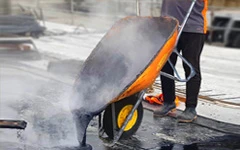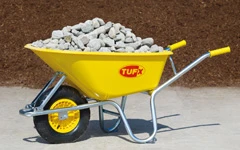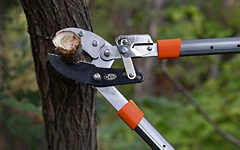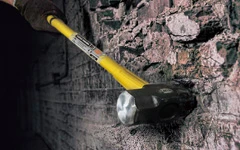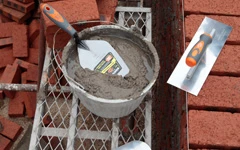As polymer technology advances, poly wheelbarrows increasingly outperform steel alternatives in corrosion resistance and weight efficiency. For procurement specialists and equipment managers, visual inspection provides critical quality indicators before operational deployment. Follow this forensic evaluation framework:
1. Load-Specific Structural Cues
Industrial Applications (construction/agriculture):
- Seek continuous reinforcement ribs radiating from stress zones
- Verify cross-braced undercarriages with gusseted joints
Light-Duty Use (landscaping/gardening):
- Ergonomic geometry and low weight
1. Capacity
According to the needs of agricultural and livestock farming, construction industry, and DIY users, the capacity required for wheelbarrows gradually decreases.
3. Color
How to determine the quality of a handcart based on its appearance? The following points canmainly be referred to: a. Observe the color of the handcart. A handcart made from pure virgin material has a purer color, while a handcart made from recycled materials has an uneven color and usually is not bright in color. The more recycled filler materials are added, the less sturdy the plastic bucket becomes. Conversely, the higher the grade of virgin raw materials, the sturdier it is.
*Note: Material purity directly impacts UV resistance and crack propagation.
4. Tray Thickness Verification
Field Assessment Method:
a. Apply palm pressure to tray sidewalls
b. Observe deformation resistance:
Quality units maintain structural rigidity
Substandard trays exhibit visible flexing
c. Inspect critical zones:
Base corners (primary stress points)
The outer edges
5. Frame Alignment Diagnostics
- Static Balance Test:
Place on level concrete; rocking motion indicates welding distortion or axle misalignment
This systematic visual audit identifies wheelbarrows engineered for lifecycle cost efficiency, separating genuine commercial-grade equipment from the imitations.
